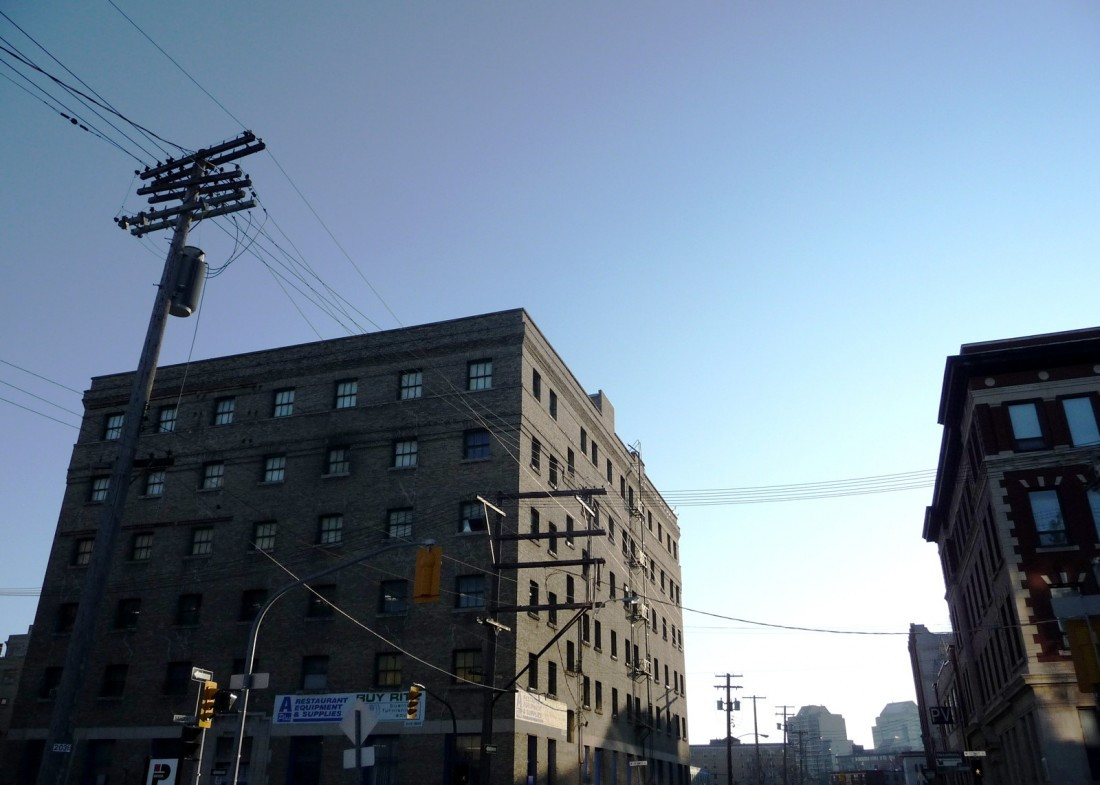Living in the city together
Organizing between indigenous, non-indigenous communities central to a better Winnipeg
Where is Winnipeg?
Higgins and Main comes to mind. Along with the moment a few years ago when the City of Winnipeg took as ‘incidental’ the entire north end Aboriginal community. It forced an unusually large three million dollar gift through council (six when combined with the feds’ contribution) along with tax increment financing from Centre Venture for a building – the Youth for Christ Centre of Excellence – never meant to serve the surrounding neighbourhood. The move ignored the communities’ prior request for an Aboriginal-run credit union to locate on the northwest corner, with intentions of filling an important local need. It also ignored organized, articulate opposition to the project from community members who live and work at the grassroots level.
This extremely unpleasant event was brought to mind when I read well known activist Michael Champagne’s recent message to Circle of Life Thunderbird House emphasizing its critical role in providing youth a place to learn, grow and participate in community work. Thunderbird House was initiated and developed by the community. While it struggles financially, it continues to open its doors to all for educational, healing and community events. It is kiddie corner to YFC, which charges for use of its facilities making it inaccessible to many north end residents.
Thunderbird House has asked to be recognized as a city community centre. This is a beautiful gesture on the organization’s part, and one that reflects the organization’s original intention of being a resource for people of all backgrounds. And it is a new, rather graceful challenge to the City to recognize the indigenous peoples of this land and their ongoing stake in the city. Whereas in the YFC process, Aboriginal communities were treated as if they don’t exist (an ongoing action of colonial processes). This question forces the city to recognize their existence, ongoing ceremonial and cultural practice and Aboriginal peoples’ intentions to build and strengthen their communities alongside non-indigenous communities.
“ I don’t know where Winnipeg is headed, but I think I know where the path begins.
Are indigenous peoples a part of this city (and not just as economic drivers, as for example, with urban reserves) or not? Positive recognition isn’t needed for this to be true. Groups of Aboriginal people are holding ceremony and educating and healing and organizing. They are working on critical issues that impact everybody like child exploitation and murdered and missing girls and women, or TransCanada’s plans to have a pipeline carry oil in proximity to vital water sources.
I don’t know where Winnipeg is headed, but I think I know where the path begins. Ways of being and organizing are very different between indigenous and non-indigenous groups, even mostly incommensurate with one another. But, I think that maybe this isn’t so much to worry about. Thunderbird House invites us to circle and share space with one another. Let’s start there.
Kate Sjoberg is director of the North Point Douglas Women’s Centre.
Part of the series: The Urban Issue 2014








